
5 Ways To Memorize Math Formulas
5 Ways To Memorize Math Formulas
Math as a subject is highly structured in nature and which is why most students across the globe fear it and are often overwhelmed. One of the hardest things about learning math is memorizing long and complex formulas that usually leave the student in a state of eternal confusion. However, what we don’t realize is that math is not limited to what we study in theory textbooks, it is about comprehending and solving problems. This is why learning formulas is extremely vital for students who wish to develop their critical thinking and problem-solving skills. Since the global standards of education are always rising, teachers and students across Dubai, UAE, GCC and the Middle East are using platforms like Mathseeds that offer highly structured and interactive courses along with rewarding lessons for kids aged 3 to 9 so they can grow their interest for math and memorize concepts and formulas efficiently. Moreover, here are some easy tips to memorize complex formulas that will help you get started and give you an edge on this amazing subject.

#1 Develop an interest in the subject
This may seem like a no brainer but is actually key in helping you memorize formulas and get better at Math. If you are not interested in the subject at all, it will be difficult for you to understand even the most basic concepts. So, try to keep an open mind when you sit with math the next time.
#2 Come up with your own mnemonics
We all know that math includes a wide range of complex formulas that tend to leave students worried and confused. In this case, it is always a good idea to form your own mnemonics, which can help you recollect the formula in your own unique way. Moreover, since you spend time devising a dedicated mnemonic for a formula, the retention for the same increases dramatically.
#3 Attach a visual memory
When you attach challenging concepts to visual memory, you often find it easier to remember them. So, try doing the same with math formulas. Attach a pleasing visual memory to a complex formula and you will find it relatively easier to recollect it as and when required.
#4 Try to know what goes behind building that formula
While just memorising a formula may seem like a quick and easy fix 24-hours before the math paper, it is actually just a short-term solution. If you spend some time and try to understand the reasoning behind why a particular formula is built the way it is, it will get much easier for you to remember them in the end as it now has a valid reason attached to it.
#5 Practise makes perfect
You must have heard this quote repeatedly from various people, but it actually works. Just memory won’t help you the way practise will. While math problems have multiple shortcuts that help you reach the answer but make it your habit to always use the correct formulas to derive the solution. This practice will help you memorise the formulas in the most effective and stress-free manner.
#6 Sleep on it
Before bedtime makes it a point to just go through all the important formulas once and then head directly to sleep. When you think of something and then go to bed, your brain has better chances of remembering it.

So, now that you know these easy ways to memorise math formulas, it’s time to put them to practice. These tips will not only help you memorise concepts and formulas better but also make the learning process more engaging and fun.


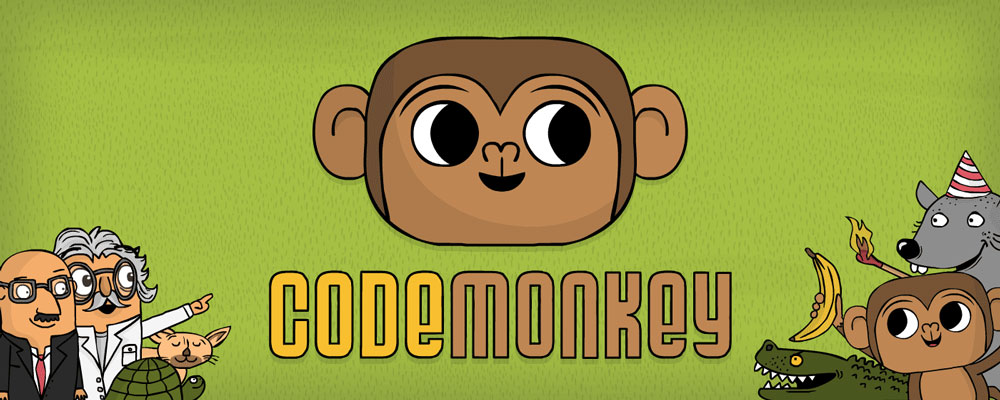

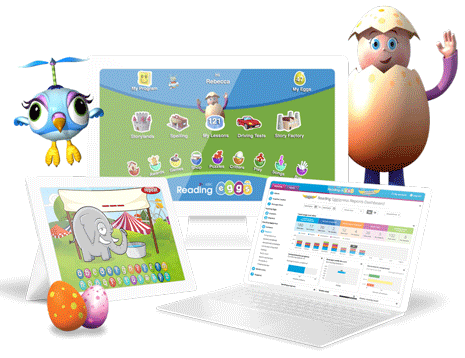

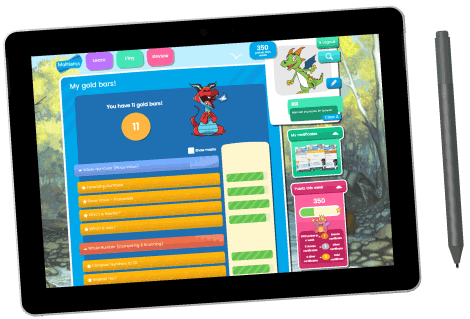

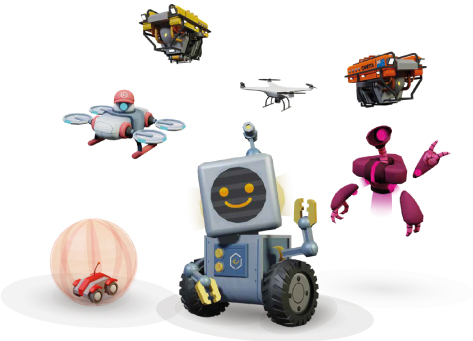

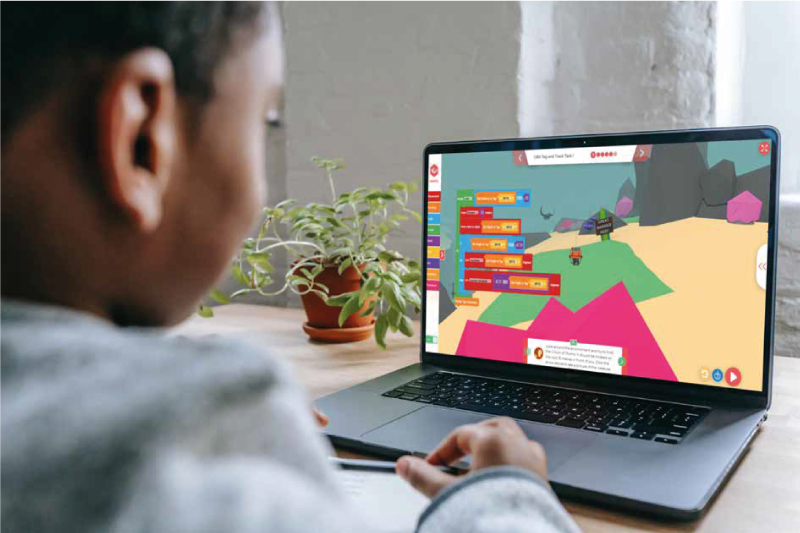




Recent Comments